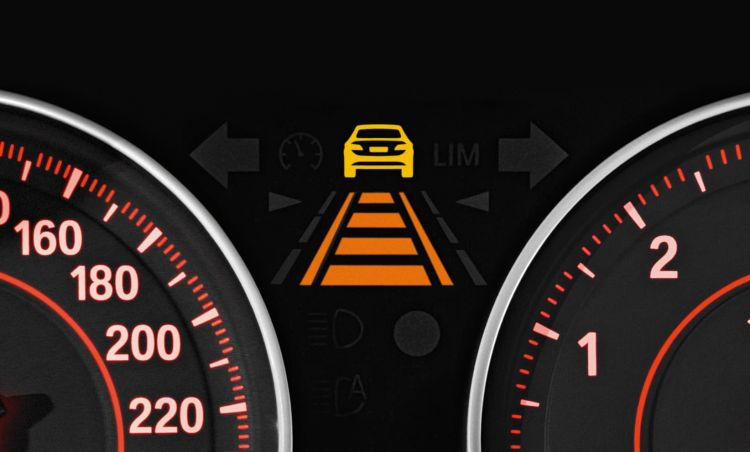If we had to pick one aspect in which all new cars are better, it would be safety: modern vehicles are infinitely safer than models from decades past. And part of that responsibility falls on the Advanced Driving Assistance Systems (ADAS), which, yes, are only useful if you know how to use them: many drivers are unaware of this and turn these tools into a double-edged sword.
This is the main conclusion drawn Consumer Reports of its latest report, based on a survey of more than 35,000 drivers on ADAS. With her they wanted to check the levels of understanding and satisfaction, as well as the frequency with which they (actually) use those systems. And the result is the worrying level of confusion that these new safety systems cause many of those who get behind the wheel.
general ignorance
If we were to enumerate the most frequent ADAS, the list would appear, among others, adaptive cruise control (ACC), lane change assistant (Lane Cross Assistant, LCA), lane departure warning (Line Departure Warning, LDW) or maintenance assistant lane (Lane Keeping Assist, LKA). Their mission is to make driving easier and safer.
However, Consumer Reports has found that drivers are often unaware of the capabilities of these ADAS and what they are trying to tell them through in-vehicle displays and alerts. This confusion can lead to drivers disabling systems and consequently losing all safety benefits. they provide.
Driver’s requests
For drivers, steering wheels have been filled with unrecognizable symbols that force them to distinguish and understand a multitude of ADAS-related functions while driving. To this they add the multiple warnings, displays and audible alerts which sometimes only manage to frustrate and annoy the driver.
The purpose of the report Consumer Reports is to help brands understand the point of view of drivers so that ADAS fulfills its function and does not become a double-edged sword. For this, they ask for the development of systems that are better understood and that can be customized: from the type of warning or alert to being able to adjust the acceleration and deceleration levels of the ACC to the speed of intervention of a lane maintenance or departure system.
In their description of the ideal ADAS they would include, at the same time, messages within the instrument cluster so that the driver knows why an ADAS has been activated or the reason why it has not been activated. They miss a greater explanation by the brands when explaining the capabilities of these systems and, above all, a standardization of the same using identical terms and icons. In this way, it would not seem that each car has its own driver aids and the confusion generated would be reduced.


